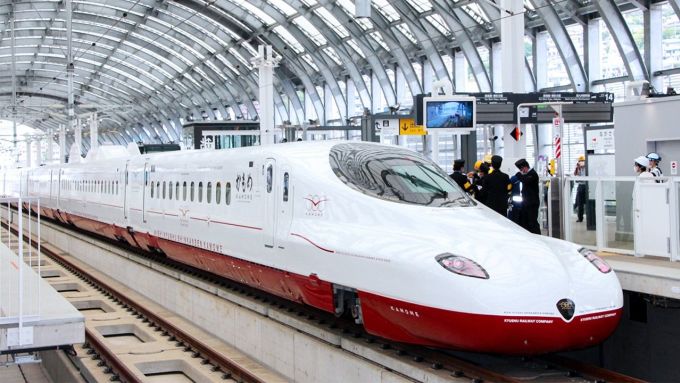Government proposes using national budget for north-south high-speed railway
In a report submitted to the National Assembly, the government highlighted that relying on Official Development Assistance (ODA) loans would impose various obligations to foreign donors. Instead, using domestic resources would ensure greater autonomy and flexibility in executing the project.
The yearly cost for the project, set to be completed by 2035, will represent 16.2% of the mid-term public investment plan for the 2026-2030 period, based on an anticipated public investment rate of 5.5-5.7% of GDP. The government assured that this allocation would not significantly impact other key national projects, adding that the public investment scheme could be adjusted as needed to accommodate the railway project.
The government also left room for international loans, noting that if preferential funding becomes available, they would propose this option for consideration by relevant authorities.
To keep the high-speed railway on schedule, the government is seeking approval for special mechanisms that would allow annual adjustments to the public investment scheme. These mechanisms aim to concentrate resources on priority projects, enhancing investment efficiency and driving socio-economic growth.
A 2019 pre-feasibility study had recommended a public-private partnership (PPP) model, where private investment would fund the trains and equipment, while public capital would be used for infrastructure development. At that time, Vietnam’s GDP was $266 billion, and public debt accounted for 56.1% of GDP.
By 2027, when construction is expected to start, Vietnam’s GDP is projected to reach $564 billion, offering more financial capacity for the railway.
After reviewing 27 PPP railway projects, the government found that the PPP model had not proven more effective than public investment.
The total estimated cost of the railway project is $67.3 billion, covering various expenditures: $5.9 billion for land clearance and relocation, $33.2 billion for construction, $11 billion for equipment, $800 million for project management, $3.61 billion for construction investments, $900 million for other costs, and $11.85 billion in contingency funding.
Last month, the Party Central Committee agreed to an investment initiative for the entire high-speed railway at a speed of 350 kph. The line will span 20 localities with 26 stations, beginning at Ngoc Hoi Station in Hanoi and ending at Thu Thiem Station in Ho Chi Minh City.


Comments are closed.